Whats the meaning behind the ancient emperors self-identification and symbol of royal power?
In ancient China, the emperor, as the supreme ruler of the country, possessed the utmost power and status. Their self-titles were not only declarations of their own identities, but also symbols of imperial authority. This article will explore the self-titles of ancient emperors and the symbolic meanings of imperial authority behind these titles.

1. "Zhen": The Exclusive Self-Title of the Emperor
In ancient times, the emperor usually referred to himself as "Zhen". This title can be traced back to the period of Qin Shi Huang, who was the first emperor of China. Originally, "Zhen" was a common first-person pronoun, but since Qin Shi Huang, it became an exclusive self-title for the emperor. The use of "Zhen" not only reflected the emperor's unique status but also emphasized the absolute distance between the emperor and his subjects, symbolizing the emperor's supreme authority and uniqueness.
2. "Guoren": Authority in a Modest Tone
Besides "Zhen", the emperor would also refer to himself as "Guoren". This title seemed humble, but in fact, it contained the majesty of imperial authority. In ancient times, only the emperor could use the title "Guoren". It expressed the emperor's humility while reflecting his supreme status. Behind this humble self-title was the recognition and veneration of the emperor's absolute power.
3. "Yu": An Elegant Expression of Imperial Authority
In some literary works, the emperor would also use "Yu" as a self-title. This word was also exclusively used by the monarch in ancient times, and it carried a certain elegance. When the emperor used "Yu" in edicts or literary works, it not only showed the emperor's cultural accomplishment but also conveyed the solemnity and sanctity of imperial authority.
4. Symbols of Imperial Authority: The Throne, the Dragon Robe, and the Imperial Seal
In addition to self-titles, the emperor also used a series of symbols to symbolize the majesty of imperial authority. The throne, the dragon robe, and the imperial seal were among the most important symbols. The throne was the exclusive seat of the emperor, often adorned with dragon carvings, symbolizing the emperor's dignity and power. The dragon robe was the emperor's exclusive attire, embroidered with dragon patterns, representing the emperor's divinity and inviolability. The imperial seal was an essential tool for the emperor to exercise power. It was a symbol of the legitimacy of imperial authority, and any official document had to be stamped with the imperial seal to be effective.
Conclusion:
The self-titles and symbols of imperial authority in ancient China were both emphases and demonstrations of the emperor's supreme status. Whether it was "Zhen," "Guoren," or "Yu," these self-titles were not only declarations of personal identity but also embodiments of imperial majesty. The symbols such as the throne, the dragon robe, and the imperial seal reinforced the divinity and inviolability of the emperor's power from a material level. Through understanding these self-titles and symbols, we can gain a deeper understanding of the uniqueness and profound influence of ancient imperial culture.
Disclaimer: The above content is sourced from the internet and the copyright belongs to the original author. If there is any infringement of your original copyright, please inform us and we will delete the relevant content as soon as possible.
Guess you like it

What is the area of Molossia? What country is smaller than it?
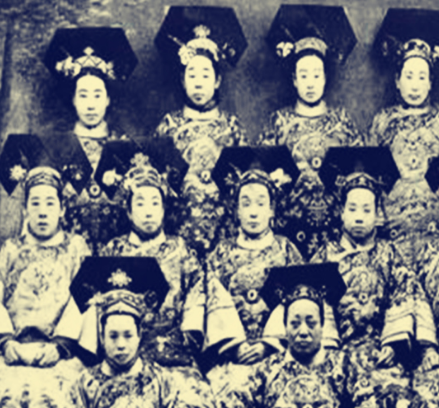
Selection of imperial concubines in the Qing Dynasty: The glory and fate of Banner women
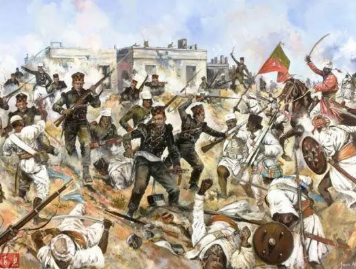
What were the casualties of the British Army after the outbreak of the Indian Rebellion of 1857?

What ethnic group did the Nanzhao Kingdom belong to? Are there any different opinions?
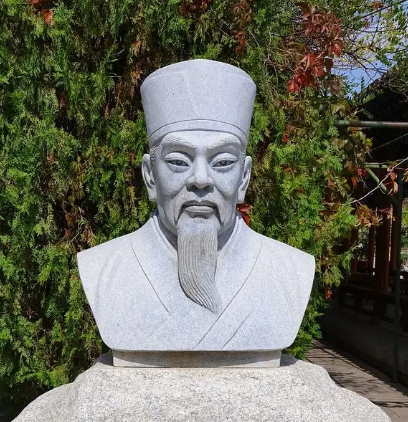
Shen Kuo: A Great Scientist and UFO Explorer of the Song Dynasty

How was Nurhachis marital life? Where was it reflected?
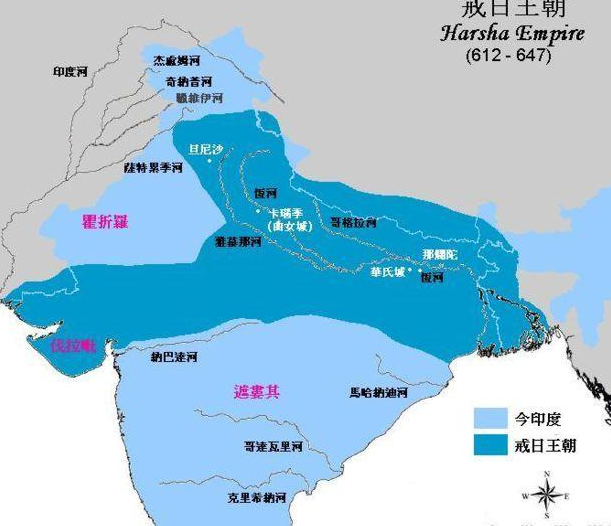
How did the Kaiyuan Dynasty come to an end? What was the year?
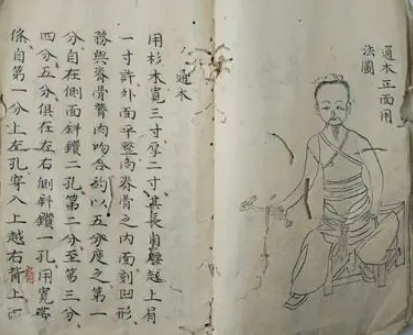
Wisdom and Methods of Ancient Bone Fracture Treatment
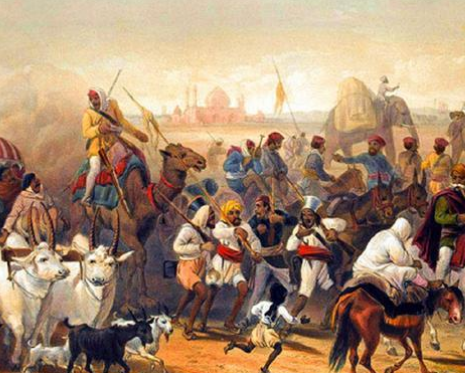
Was the Indian Rebellion of 1857 a success or a failure? What was the ultimate outcome?
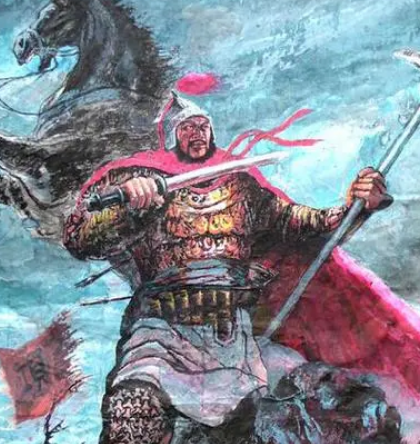
Xiang Yu, the Overlord of Western Chu: The Legendary Hero of Suqian, Jiangsu and His Descendants









